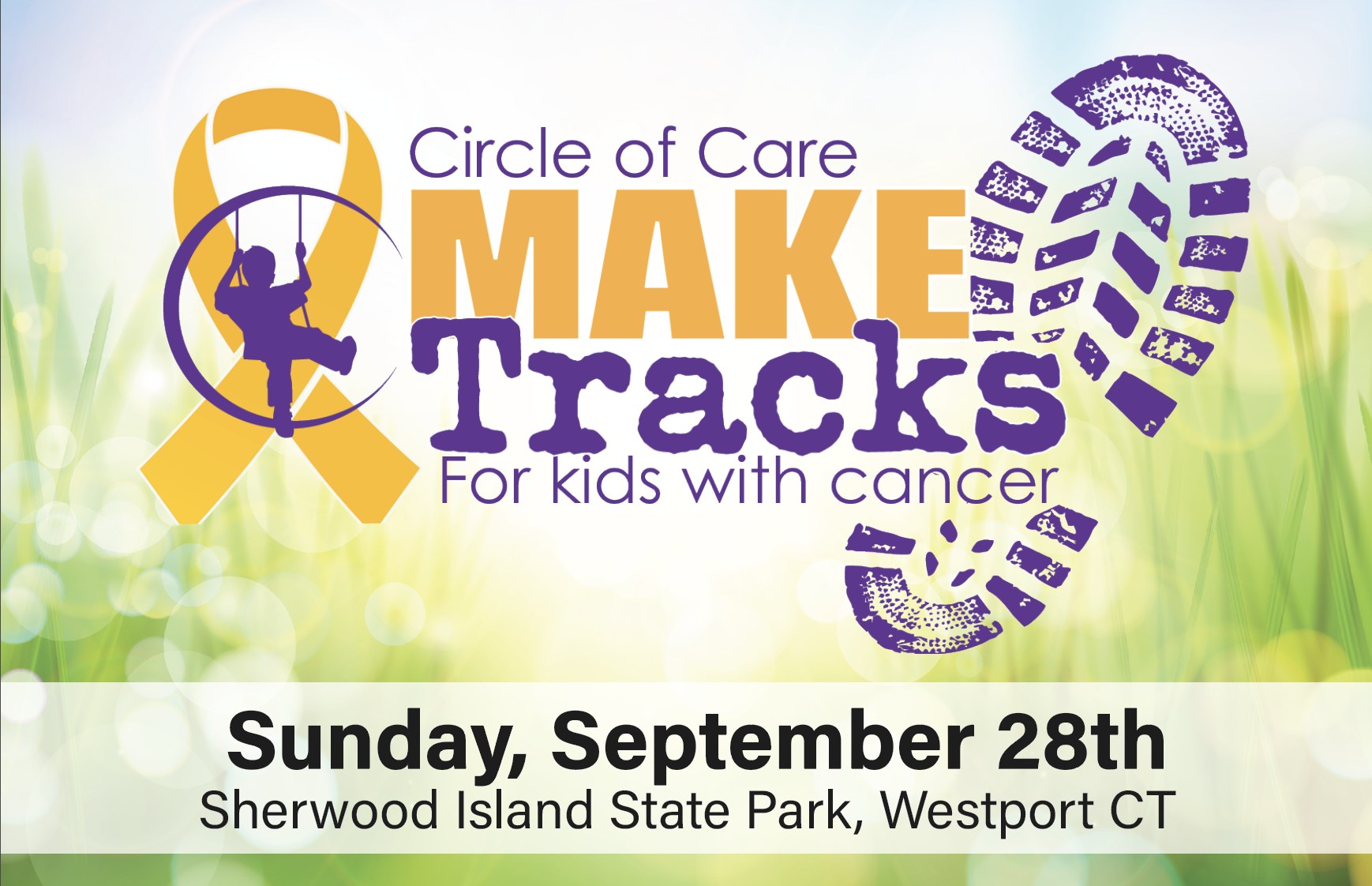Injury Prevention Through Proactive Running Care
The most effective approach to running injuries isn't treatment—it's prevention. Proactive running care involves identifying potential issues before they become painful problems that sideline your training. This includes regular biomechanical assessments, strength and flexibility evaluations, and monitoring of training load progression.
Common running injuries such as runner's knee, plantar fasciitis, IT band syndrome, and shin splints often develop gradually due to repetitive stress on tissues that aren't adequately prepared for the demands placed upon them. Through proper running care protocols, including targeted strengthening exercises, mobility work, and gradual training progression, these injuries can often be prevented entirely.
Modern technology has revolutionized injury prevention in running care. Wearable devices can monitor your gait patterns, ground contact time, cadence, and other biomechanical factors in real-time. This data provides valuable insights that can help identify potential issues before they manifest as injuries, allowing for proactive adjustments to your training and running technique.




